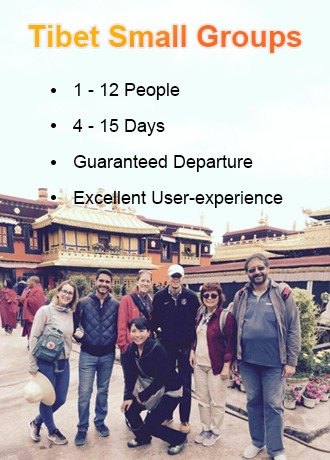7 Useful Things to Know Before Going to Tibet
- Last Updated: 2024-05-06
Tibet is located on the Qinghai-Tibet Plateau known as the "Roof of the World", with an average elevation of more than 4,000 meters. It is famous for its plateau landscape, Tibetan Buddhism culture, and towering snow-capped mountains, as well as many historical sites. Tibet is a pilgrimage site for countless travel enthusiasts, and is known as "a place that must be visited once in a lifetime". However, it’s not as easy as other places in China for foreigners to travel due to its special geographic and political situations. Hence, here we list the 7 useful things you need to know before going to Tibet based on our decades of experience in running the Tibet trip business.
Deal with Altitude Sickness
Although Tibet is beautiful, after all, it's a high-altitude area. For those who want to go, there are indeed many worries. The first and biggest concern is altitude sickness.
Altitude sickness is a natural physiological reaction of the body due to pressure difference, low oxygen content, and dry air after reaching a certain altitude. Common symptoms include headache, dizziness, shortness of breath, chest tightness, insomnia, vomiting, purple lips, loss of appetite, general fatigue, muscle aches, etc.
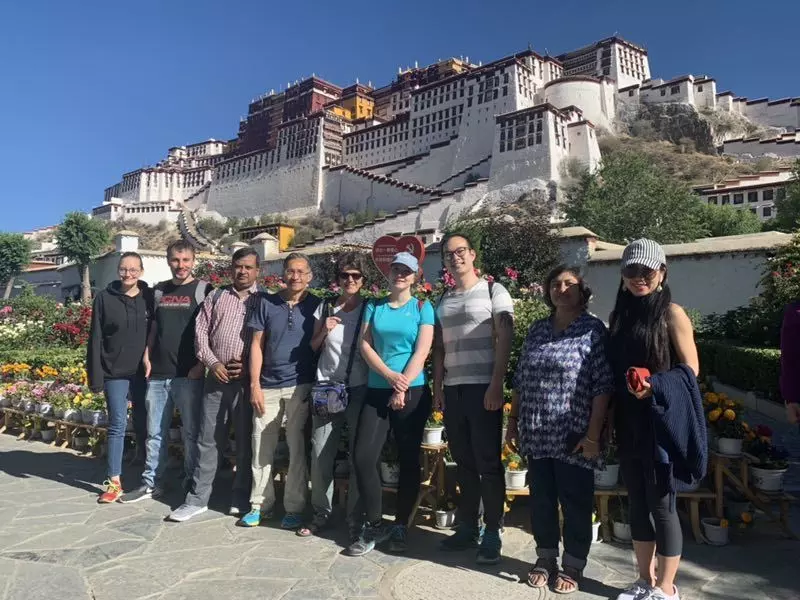
How to avoid altitude sickness?
Most people will experience mild altitude sickness when they first arrive at the plateau. Therefore, maintaining a good attitude is a prerequisite before going to Tibet. Please do not walk fast, run, or do vigorous exercise when you first arrive in the plateau area. Do not overeat to avoid burdening the digestive organs. Do not drink or smoke. Eat more vitamin-rich foods such as vegetables and fruits. Drink lots of water. Pay attention to keeping warm. Especially on your first arrival day in Lhasa, don’t do strenuous exercises and don’t take shower. Try to adapt to it yourself gradually.
Also, you may take some cold medicine, American ginseng lozenges, headache medicine, diarrhea medicine, digestive aid, etc.
For most people, the symptoms may disappear within 1-2 days. So please don't worry about it too much.
When is The Best Time to Travel to Tibet?
The best time to travel to Tibet is during summer and autumn when the scenery is the best, the oxygen content is sufficient, and the climate is pleasant. However, there is a big temperature difference between day and night, especially morning and night. The temperature in Tibet during the day is around 30℃ in summer, and it can drop to 10℃ at night. Tibet is relatively cold in the two seasons of spring and winter. Tourists who travel in these three seasons should pay attention to the cold and warmth, bring enough cold-proof clothing, take baths and wash hair as little as possible, and strictly prevent colds. Ultraviolet rays on the plateau are very strong, so please pay attention to applying sunscreen. Sunscreen recommends SPF50+. In addition, don't forget to use physical sun protection by taking your sunglasses, hat, etc.
Necessary Documents
Tibet lies within China and hence a valid passport, Chinese Visa and Tibet Travel Permit are requisite when you enter Tibet (unless you go to Tibet from Nepal). You need to apply for a Chinese visa at the local Chinese Embassy or consulate in advance. If you enter Tibet from Nepal, you need to obtain the China Group Visa from Kathmandu`s Chinese Embassy.
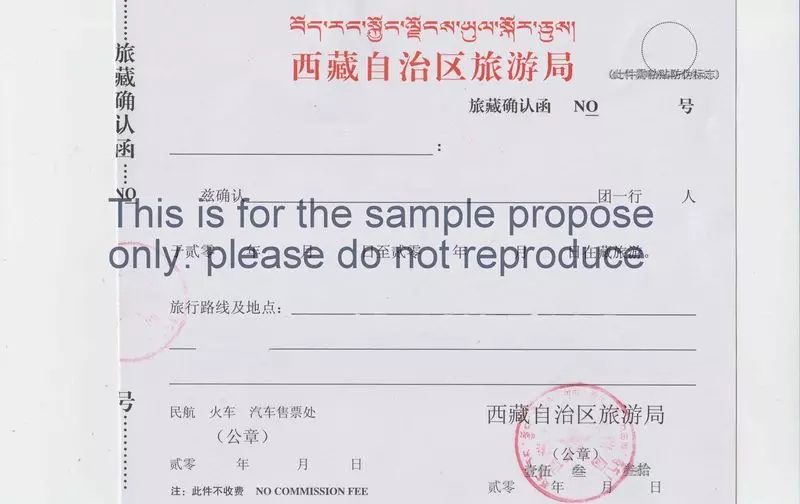
Tibet Travel Permit (TTP) is an entry permit for entering Tibet. TTP must be applied for through a local travel agency in Tibet. Without TTP, foreign travelers cannot board trains or flights to Tibet. The permit indicates all the destinations and attractions you will visit during the travel, which cannot be changed. Therefore, you must confirm the travel itinerary with your agency before the application.
If you plan to travel to Mount Everest Base Camp or Mount Kailash, you also need to apply for an Alien's Travel Permit and Military Permit through a local travel agency. Your Travel agency will handle all the permits for you.
How to Get to Tibet?
Generally speaking, there are two means for foreign travelers entering Tibet. One is to fly into China and take a flight or train to Lhasa and the other is to get to Kathmandu, Nepal and then depart for Lhasa by air or by car.
Going to Tibet via mainland China, you can fly to Beijing, Shanghai, Guangzhou, Chengdu, Chongqing, Xi'an or other Chinese cities, and then transfer to Lhasa. There are direct flights from all the above-mentioned cities to Lhasa every day, especially Chengdu, the major gateway city to Lhasa. >>See more flights to Tibet
If you want to enjoy the magnificent scenery along the Qinghai-Tibet Railway, you can choose to take a train to Tibet. 7 gateway cities provide trains from mainland China to Tibet, including Guangzhou, Beijing, Shanghai, Chengdu, Chongqing, Lanzhou and Xining.
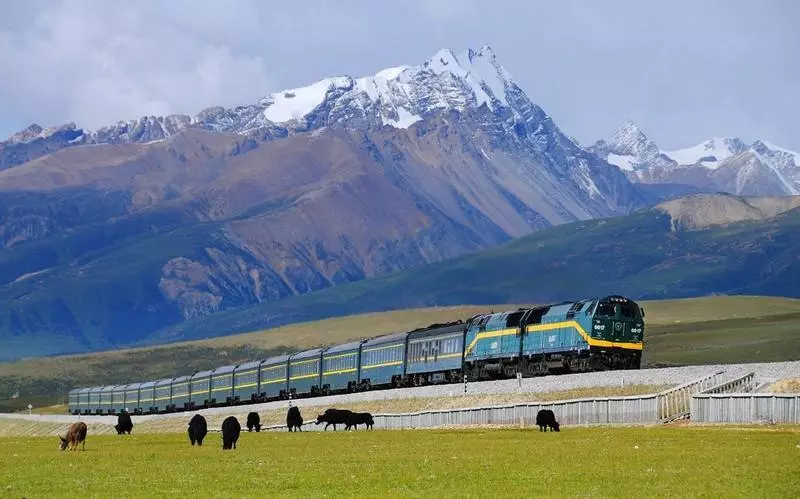
If you plan to enter Tibet from Nepal, you can choose to go either by road or by plane to get to Tibet. Currently, Tribhuvan International Airport in Kathmandu is the only international Airport connecting Lhasa, and there are 3 flights from Kathmandu to Lhasa, available each week on Monday, Wednesday and Friday. Alternatively, you also can have an epic overland trip to enjoy the magnificent views from Kathmandu to Lhasa.
√ Kathmandu to Lhasa overland tour
What to See and Things to Do in Tibet?
Tibet, often referred to as the "Roof of the World," is a land of immense natural beauty, rich culture, and spiritual significance. Here are some must-see attractions in Tibet.
Potala Palace is a must-see Tibet tourist attraction for almost all travelers. It is the center of Tibet and the highest and grandest palace in the world.
In Lhasa city, you can admire monasteries and artistic buildings while strolling, appreciate exquisite handicrafts and Thangka productions in the workshops, watch lively Tibetan operas, feel the life of Tibetans and taste a cup of buttered tea at Barkhor Street. If you are coming during festivals, you will have an opportunity to participate in Tibetan traditional activities.
Outside of Lhasa, you can wander among countless Buddhist monasteries and temples, walk along the majestic alpine lakes, or enjoy the breathtaking Yarlung Zangbo Grand Canyon. There are three holy lakes with mysterious legends in Tibet: Lake Manasarovar, Lake Yamdrok, and Lake Namtso.
Mount Everest Base Camp is the best place to have the whole view of Mount Everest. If you are lucky, you can see Mount Everest shining like a giant pyramid in the blue sky. Rongbuk Monastery is also one of the must-see attractions as it's the highest temple in the world.
Mount Kailash in Ngari is considered the world’s center by four religions - Hinduism, Buddhism, Jainism and Bon. The mountain is so sacred that no one is allowed to climb it. What’s more, Mount Kailash Kora is a famous trekking route. It is said that walking around the mountain can eliminate lifetime sins.
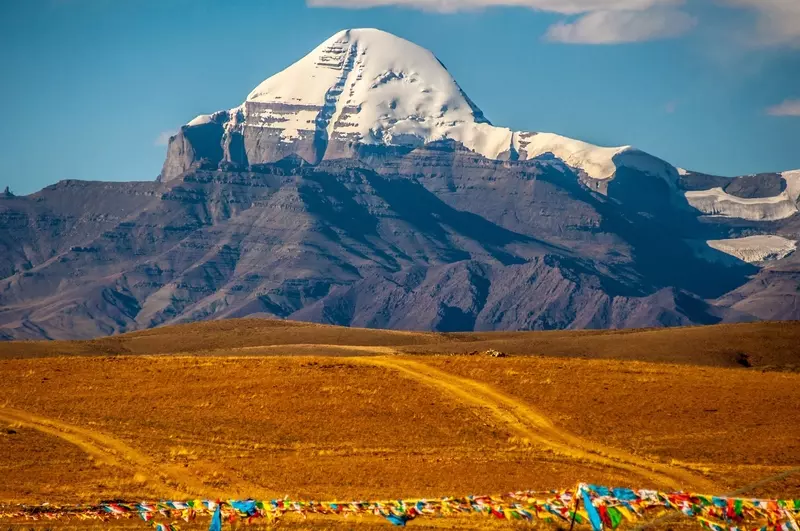
What to Take?
Strong ultraviolet rays, excessive temperature differences between day and night, and dry weather are the main features of Tibet.
To keep warm during the night, especially in alpine areas, you should bring some thick clothes, such as coats and sweaters. A pair of gloves and a scarf will also be helpful. A pair of warm and comfortable shoes are also indispensable.
Known as the “city of sunlight”, you can enjoy a pleasant afternoon with a cup of coffee in sunny Lhasa. But protecting yourself from ultraviolet rays is important, so please take sunglasses or sunscreen to avoid being hurt by the sunlight.
Tibet is dry and windy. Bring a lip cream and a lotion to moisturize your skin, and drink enough water during your journey in Tibet.
Bringing some snacks and drinks in your bag is important. Many scenic sites are located in remote areas and it takes much time to get there. The long journey may make you hungry and thirsty, and your food will be helpful.
Travel Taboos in Tibet
There are indeed many taboos when going to Tibet. To avoid causing unnecessary trouble, you’d better know about it before going.
Photography: In most monasteries, taking photos of Buddha statues is forbidden. If you want to take a photo of other people, such as local Tibetans in traditional costumes, you should ask for permission in advance.
Monasteries: When you are visiting a monastery, you should dress properly and behave properly. Don’t smoke, drink alcohol, make noise, or touch religious items in the monastery. If you are going to a monastery, please take off your hat and sunglasses, otherwise, you may not be allowed to enter them. When you enter a hall, don’t step on the threshold. And always walk clockwise around religious items, such as shrines and prayer wheels. If you offer some money to the monastery during your visit, you’ll be considered proper.
Customs: Don’t watch the celestial burials and don't touch the heads of Tibetans, even kids.
Etiquettes: If you’re presented with a Hada, you should use both of your hands to accept it and show your gratitude. When you meet a venerable monk, you can call him “Rinpoche”, which means “precious” and be used as the most honorific title. And when you meet local Tibetans, always add a “La” after their name to show your respect.
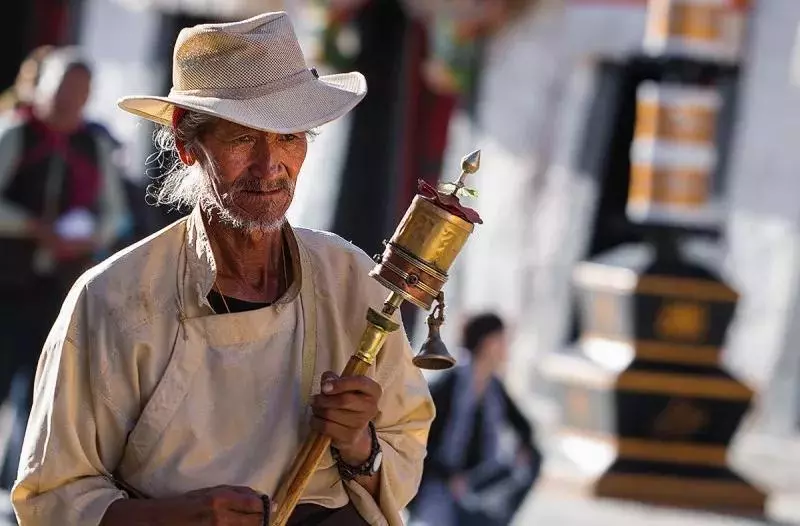
Related Articles
-
How to Plan a Trip to Tibet?
A trip to Tibet is not as tough as you thought. It has a unique landscape, mysterious Tibetan Buddhism, and many other fantastic things for you to explore. -
Tibet Travel Restrictions You Should Know
Tibet is a special destination so there're many travel restrictions in Tibet. And foreign tourists should obtain Tibet travel permits before visiting Tibet. -
Travel to Tibet from United Kingdom
Travelers from the United Kingdom can fly to mainland China then to Lhasa by flight or train. Or Brits can fly to Kathmandu then to Lhasa by flight or road. -
Travel to Tibet From Canada
There are multiple ways to travel from Canada to Tibet, mainly via mainland China or Nepal. You may choose according to your travel plan. -
How to Get to Tibet?
You can travel to Tibet by flight, train, or road from China OR by flight or road from Nepal. The best way depends on your place of departure and travel plans. -
What to Pack for Mount Kailash Trekking Tour?
What to pack for your Mt.Kailash trekking tour? You don't have to carry all the items for the 3-day Kailash trek. Here's the list you might need. -
Is It Okay for the Elderly to Travel to Tibet?
The answer is definitely YES as plenty of people above 70 years of age have been to Tibet. There are caveats and preparations that you should take heed of. -
Travel to Tibet from United States
For US citizens, you can travel to Tibet via mainland China or Nepal. You need to apply for China Visa or China Group Visa and obtain your Tibet visa prior. -
How to Travel to Tibet From Australia?
If you are from Australia and traveling to Tibet, you can either fly to a mainland city of China or fly to Kathmandu of Nepal and then get to Lhasa. -
Best Tibet Hotels
Popular hotels in Tibet include Luxury hotels, comfortable hotels and economic hotels. Here's the list of best Tibet hotels for your consultation and booking.
Email response within 0.5~24 hours.


